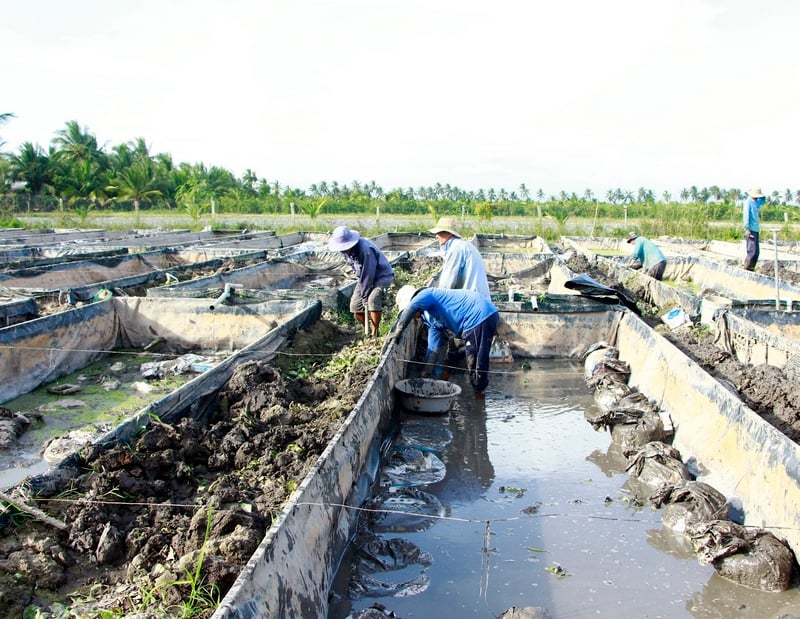 |
| The model of raising eel seeds and eel fry is developing strongly. |
The eel farming model has been and is bringing efficiency, creating jobs, increasing income. According to many people, eel farming is not difficult, can take advantage of free time to take care of eels, less time consuming, light work, using less production land. In particular, the model of raising eel fry and eel reproduction brings quite high income to farmers.
Having 6 hectares of breeding eels, Mr. Nguyen Van Hao (Cai Nhum Town, Mang Thit District) said: Raising breeding parent eels, eel breeds, eel sizes, eel fry, and baby eels has a higher income than commercial eels, because commercial eels must be raised for 12-14 months before they can be sold.
As for eel breeding, from newly hatched eel fry, it only takes about 2 months to generate income. Thanks to that, farmers have a regular income.
According to Mr. Hao, raising and selling eel fry and eel seeds seems simple but requires understanding of eel behavior; the process of eel mating, egg laying, embryo development and hatching. In addition, it is necessary to pay attention to the diet of parent eels, eel fry and eel seeds to ensure the success rate.
Sharing about the process of raising parent eels to eel fry, Mr. Nguyen Van Nam (Chanh An commune, Mang Thit district) said: To effectively raise eels, you should buy parent eels from households in different places to avoid inbreeding.
When choosing parent eels, you need to observe. For mature eels, the belly skin of female eels is thin. When purchased, eels must be at least 10 months old and weigh 30-100g.
When transporting eels, before releasing them into the tank, pour them into a basin or large tub to let them rest for 1-2 hours, then use 5% salt water or potassium permanganate to bathe for 30 minutes to remove fungus and parasites, continue to soak in vitamin C 5-10 g/m3 before releasing them into the tank. The density is 8-10 eels/m2, do not place them too densely.
Food is placed on the feeding platform in a fixed position in the tank. After feeding the parent eels for about 2 hours, check the amount of food in the feeding platform. If there is any leftover, remove it to avoid polluting the water source.
“It is necessary to prepare a clean pond with good mud, stock the fish at the right time and density, provide quality and nutritious food, and regularly check their health and prevent and treat diseases. It is important to know how to harvest at the right time and according to the prescribed size,” Mr. Nam added.
Mr. Le Minh Tu - Vice Chairman of the Farmers' Association of Chanh An Commune (Mang Thit District) said: In the past 2 years, the model of raising parent eels, eel eggs, and eel sizes has developed strongly.
With the high price of eel eggs, when processed properly, it will bring high profits to farmers. Currently, the commune is also counting the number of households raising eels to balance production, at the same time, aiming to have a training course on eel farming techniques for people.
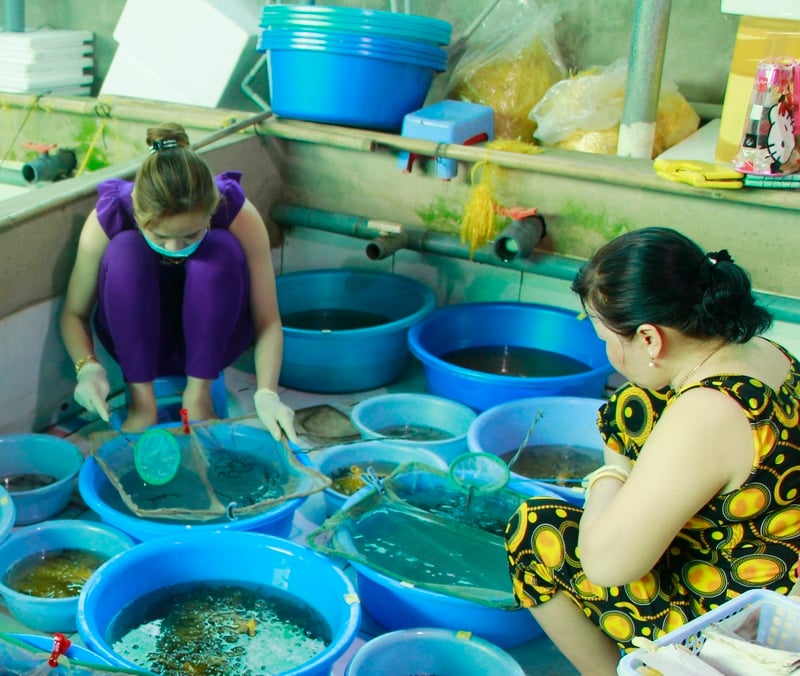 |
| Eel farmers need to master farming techniques to ensure efficiency, productivity and quality. |
Mr. Huynh Chan Quoc - Deputy Head of the Fisheries Department (Department of Animal Husbandry, Veterinary Medicine and Fisheries, Department of Agriculture and Environment) said: Currently, the model of breeding eels and eel breeds is widely developed and popular in Mang Thit, Tam Binh, Long Ho districts...
This is an economic model with low investment costs, relatively simple farming techniques, but brings high efficiency. Eel is also an aquatic species that can withstand a relative salinity of about 0.3‰.
The most important step in raising eels for reproduction is to ensure a water source and good disease treatment. Otherwise, eels are very susceptible to infection. When eels are sick, the rate of infection spreads very quickly and can easily cause damage.
Currently, the whole province has about 200 households producing and raising animals with an area of 45 hectares. On average, a 20-30m2 pond when raised successfully can bring in a profit of 20 million VND.
Recently, the agricultural sector has also opened training courses, guiding technical processes and transferring technology for mud-free eel farming, eel breeding, and eel breeding to people.
Currently, farmers have converted many ineffective planting areas to eel farming, so the eel farming model is developing widely, with supply sometimes exceeding demand. Therefore, when wanting to raise eels, farmers should not raise them on a large area but should test them first to reduce risks.
At the same time, when raising, it is necessary to ensure the quality and quantity of products supplied to the market, focusing on closely linking production and consumption, and changing traditional farming methods to new farming methods, in order to create safe products for consumers.
| To breed eels, each pond has an area of 20-30m2, about 40cm deep. The bottom and surrounding area of the pond are lined with thick nylon tarps; on both sides of the pond are 2 banks of land planted with grass and covered with leaves for parent eels to mate and breed. On average, eel eggs are harvested twice a month. Each kilogram of eel eggs costs from 10-25 million VND. After that, the eggs are incubated for 5-10 days and will hatch into eel fry. On average, 1kg of incubated eel eggs will have 25,000-28,000 eel fry. Eel fry raised for about 15-20 days will reach a size of 10,000/kg and after 2 months of raising, the size of eel fry will reach about 1,000/kg. |
Article and photos: TRA MY
Source: https://baovinhlong.com.vn/kinh-te/nong-nghiep/202503/phat-trien-mo-hinh-nuoi-luon-sinh-san-5fa7455/


![[Photo] Prime Minister Pham Minh Chinh receives Deputy Prime Minister of the Republic of Belarus Anatoly Sivak](https://vstatic.vietnam.vn/vietnam/resource/IMAGE/2025/4/2/79cdb685820a45868602e2fa576977a0)
![[Photo] General Secretary To Lam receives Russian Ambassador to Vietnam](https://vstatic.vietnam.vn/vietnam/resource/IMAGE/2025/4/2/b486192404d54058b15165174ea36c4e)


![[Photo] Prime Minister Pham Minh Chinh receives CEO of Standard Chartered Group](https://vstatic.vietnam.vn/vietnam/resource/IMAGE/2025/4/2/125507ba412d4ebfb091fa7ddb936b3b)











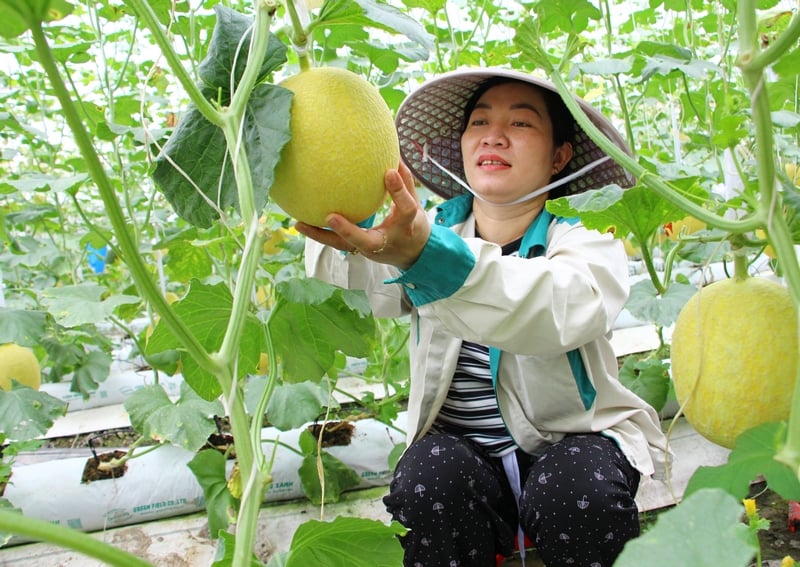
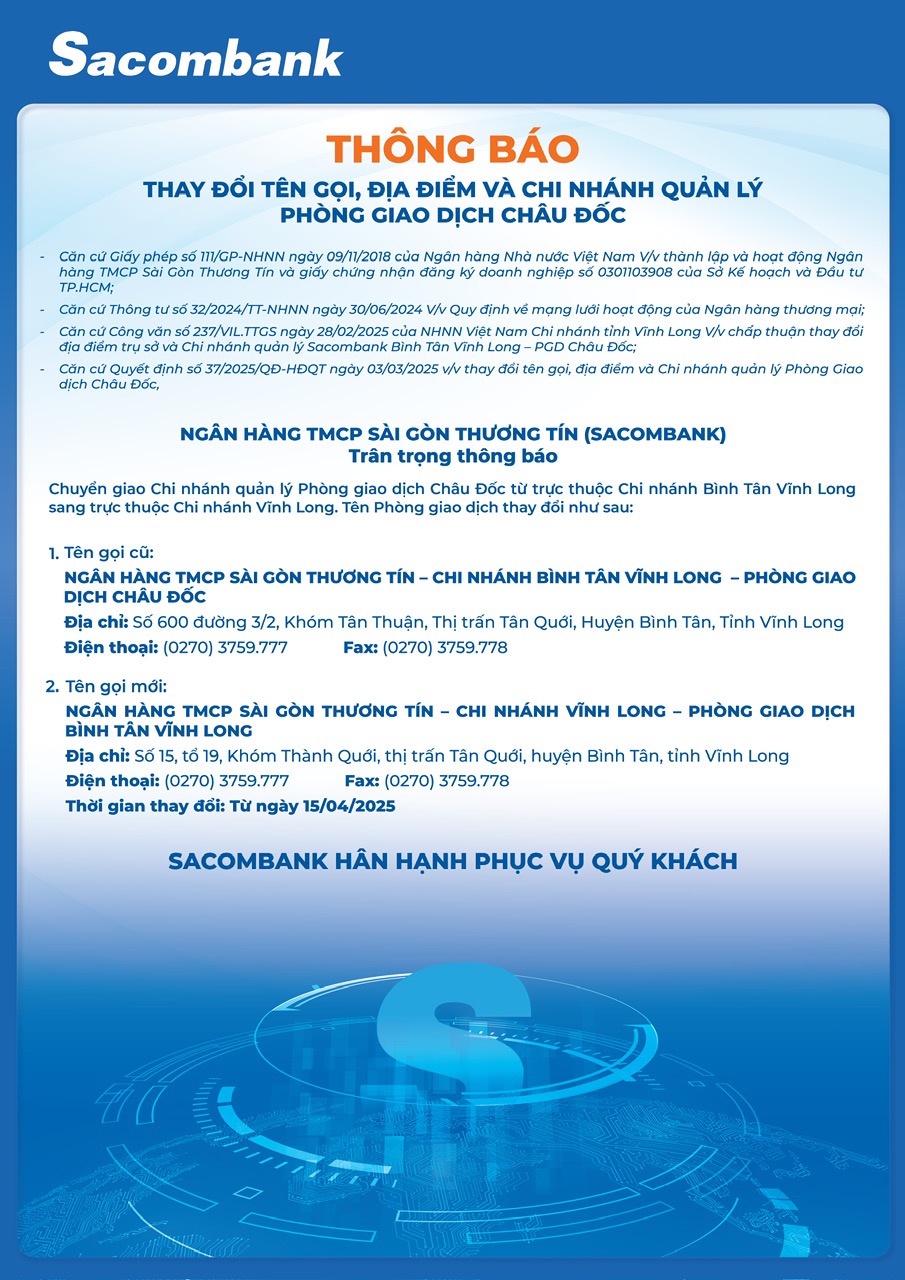
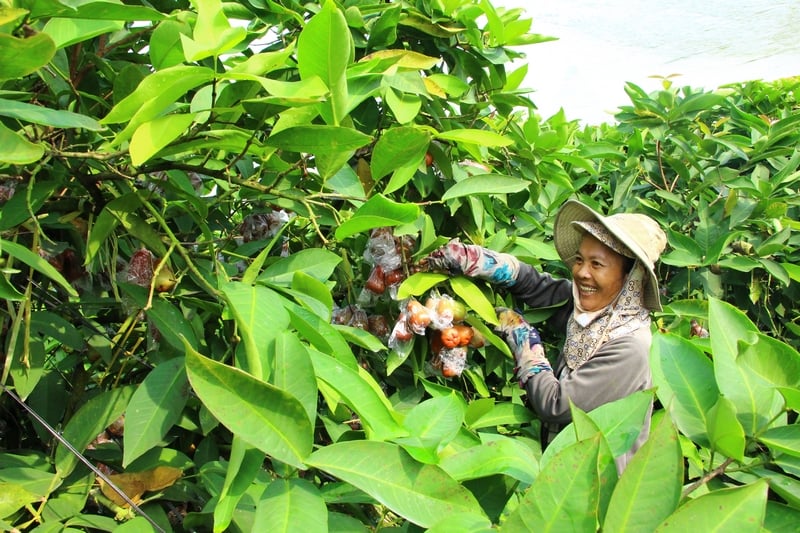
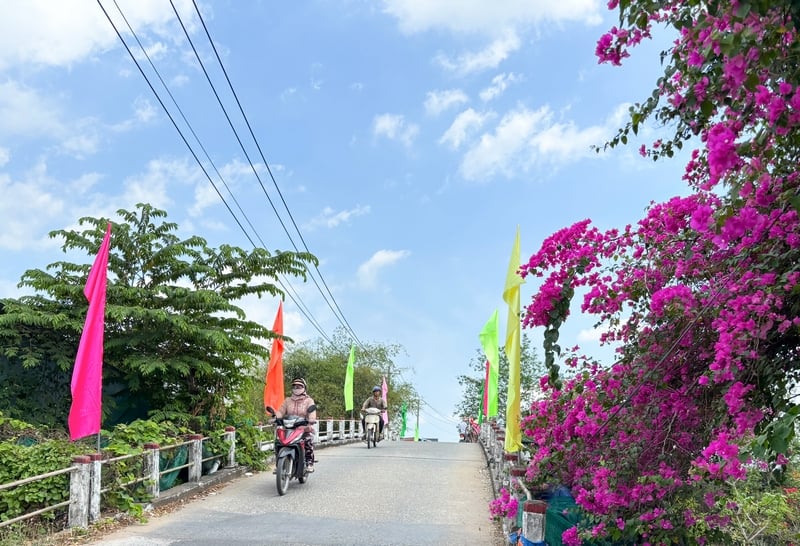




















































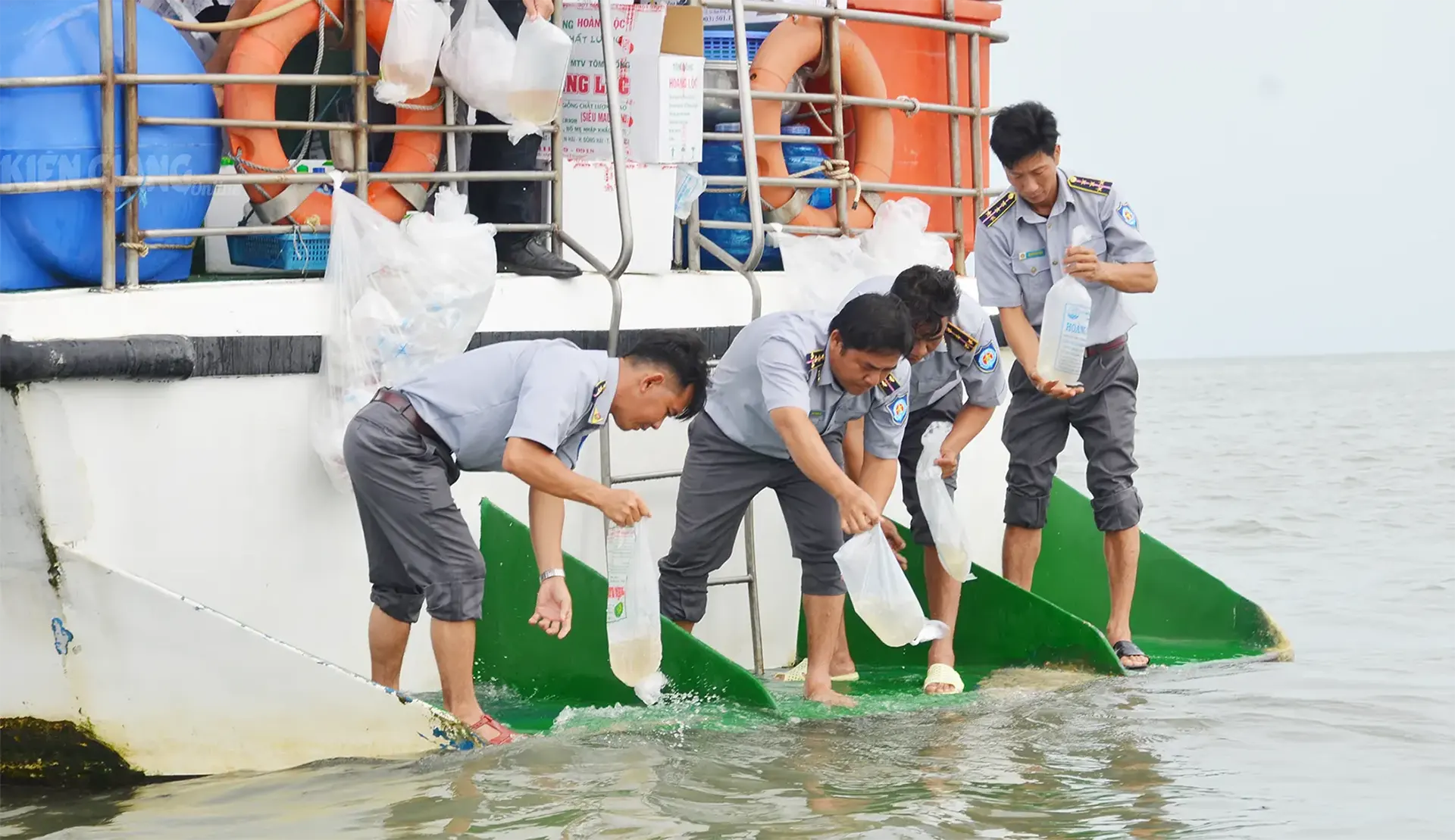



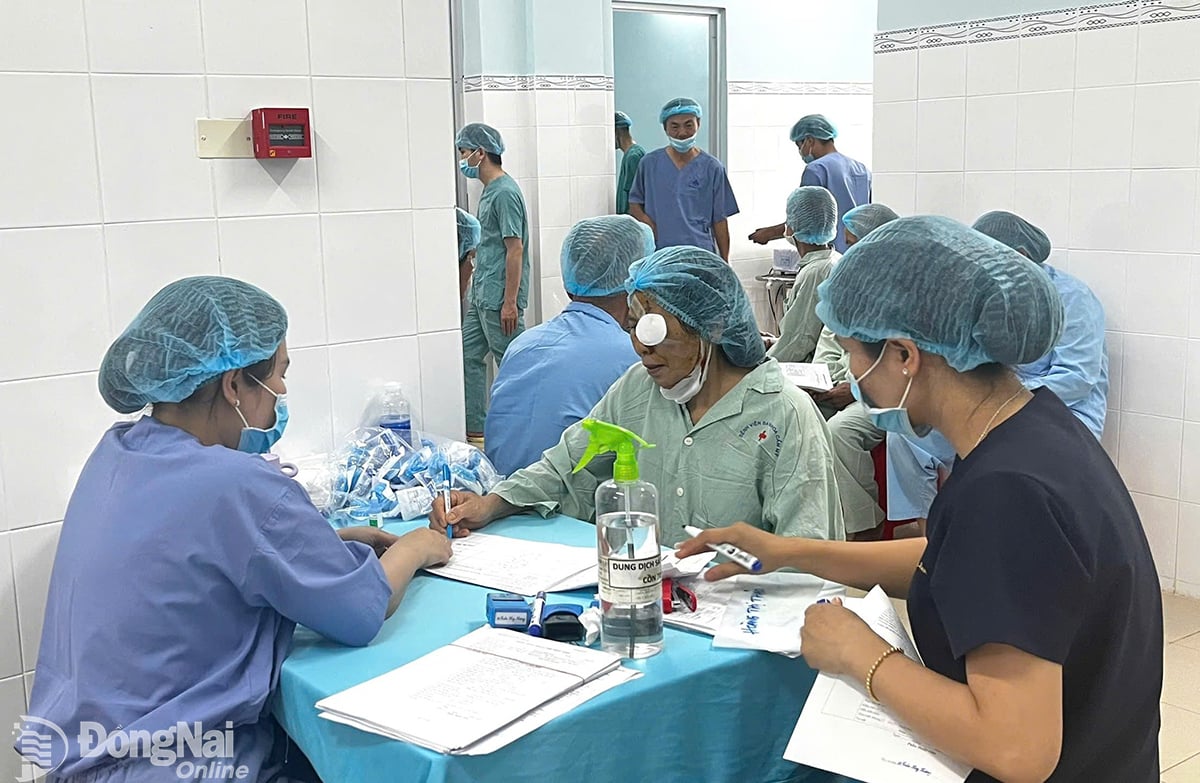












Comment (0)